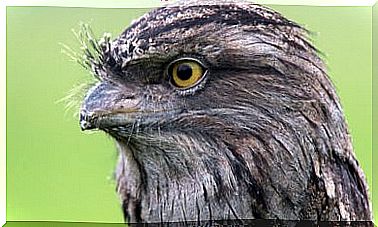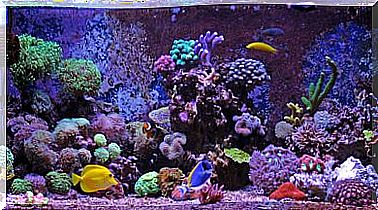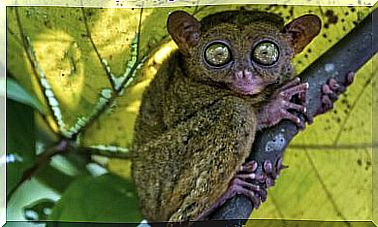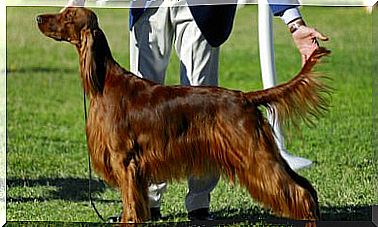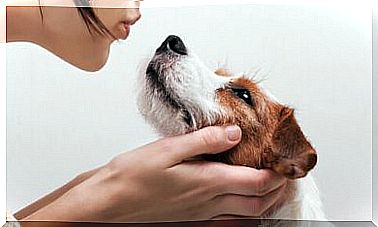Eclampsia In Cats And Dogs

Eclampsia in cats and dogs is a decalcification as a result of breastfeeding. This usually occurs one month after delivery and is more common in female dogs than in female cats. Here we tell you more about this eating disorder:
The reasons for eclampsia in dogs and cats are related to childbirth and feeding; and it is more common in first-time animals with large litters.
There are also cases where hypocalcemia or eclampsia occurs at the end of pregnancy, and during childbirth. This is mainly due to insufficient feeding in the animal.
Although this disease can occur in any breed, there is a predisposition in small dogs, among other things because the size-litter ratio exceeds the physical conditions of the animal.
Symptoms of eclampsia in cats and dogs
Dogs and cats with hypocalcemia or eclampsia are disoriented and weak. Their behavior with the litter may be poor and they show considerable weight loss, as well as a nervous or anxious attitude. In addition, breathing difficulties or constant panting may occur.
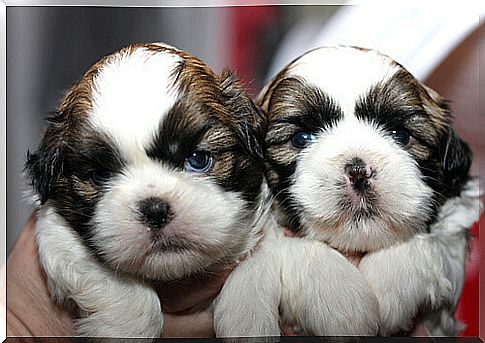
Your body may show erratic movements; This is the case of spasms and stiffness, including the extremities, features that can occur on the face. The most serious cases include diarrhea, vomiting, and seizures, as well as arrhythmia and tachycardia.
There are dog breeds more prone to suffering from this disease, such as the Miniature Pinscher , the Chihuahua, the Poodle, the Shih-tzu and the Toy . This is because they tend to have large numbers of puppies, which demand more of their physical abilities.
How to help an animal with eclampsia
Eclampsia in cats and dogs can be fatal. Therefore, this disease must be taken seriously and its symptoms must not be underestimated, because in the event of any of the signs or suspicions of hypocalcemia, it is recommended to visit a specialist immediately. It will be he who will assist the animal with the treatment indicated for these cases.
In general, medications are used that stabilize the decompensation of the bitch or cat, which can be anticonvulsants, muscle relaxants and hydration. For their part, calcium solutions or supplements help the body recover from decalcification.
Typically, the dog or cat is admitted to receive intravenous treatment, and in this way the procedure will be much more comfortable and effective.
It should be noted that during this period the mother will not be able to breastfeed and, consequently, the litter will be forced to feed with other nutritional formulas or artificial milk.
Prevention of eclampsia in dogs and cats
- As in any disease in animals, observation is essential to identify any inconvenience.
- Although animals have a lot of instinct, assistance at the time of delivery reduces the risk of disease. In the same way, it is convenient to be aware during the postpartum period.
- Newly born animals should be well fed, and it must be remembered that many of their nutrients are absorbed by puppies during lactation.
- A lactating cat or bitch consumes two to three times more than she normally eats, and also increases her water intake, which helps with milk production. Once weaning occurs, the animal returns to its usual food portions.
- There are cases in which dogs and cats that have suffered eclampsia repeat in another birth. For them, food will be essential as a preventive method.
- A common mistake is the provision of calcium supplements during pregnancy. Instead of helping you can anticipate hypocalcemia, as the parathyroid will not be active to dose the amount of calcium received.

Recommendations in the lactation period in dogs and cats
There are three common diseases associated with the lactation period: eclampsia, mastitis, and insufficient or insufficient breast milk. In the case of problems with milk production, there are herbal and homeopathic treatments that improve the situation.
It must be emphasized that the best way to prevent any of them is to assist the animal during the postpartum period, which implies observing and accompanying your pet during the lactation period.
Like eclampsia, mastitis is risky for the mother, but it is also risky for the litter. And it is that when considered an infection in the breast it can contaminate the milk and harm the puppies.
For example, fennel and borage help increase the amount of breast milk. In addition, borage has anti-inflammatory properties that improve the mother’s recovery.

